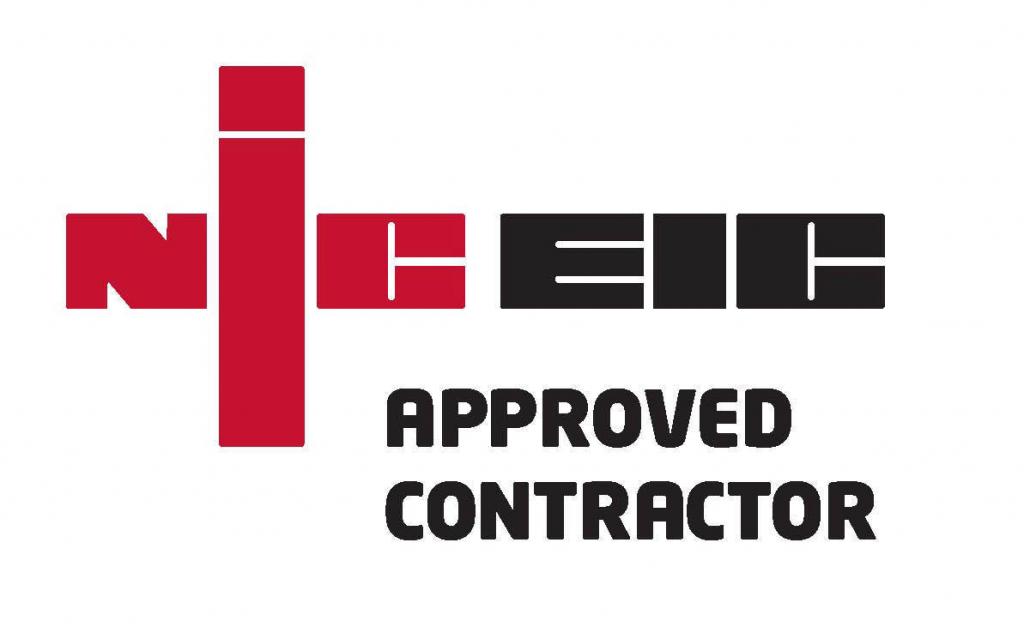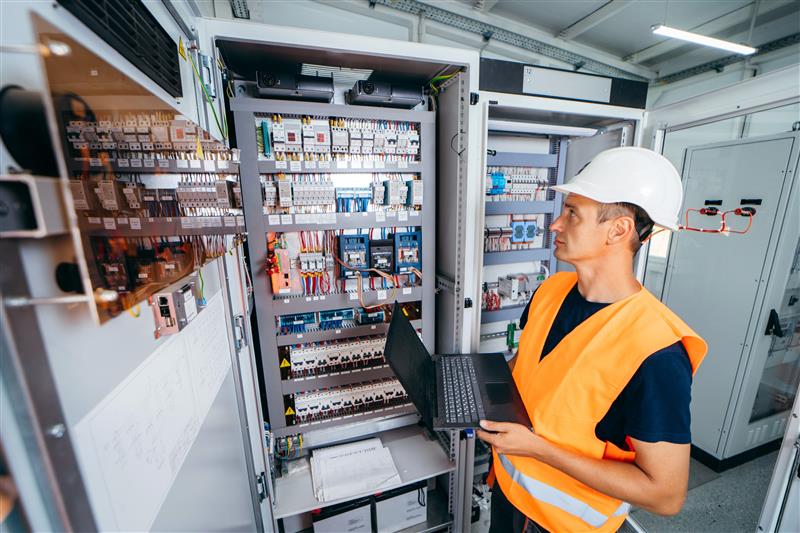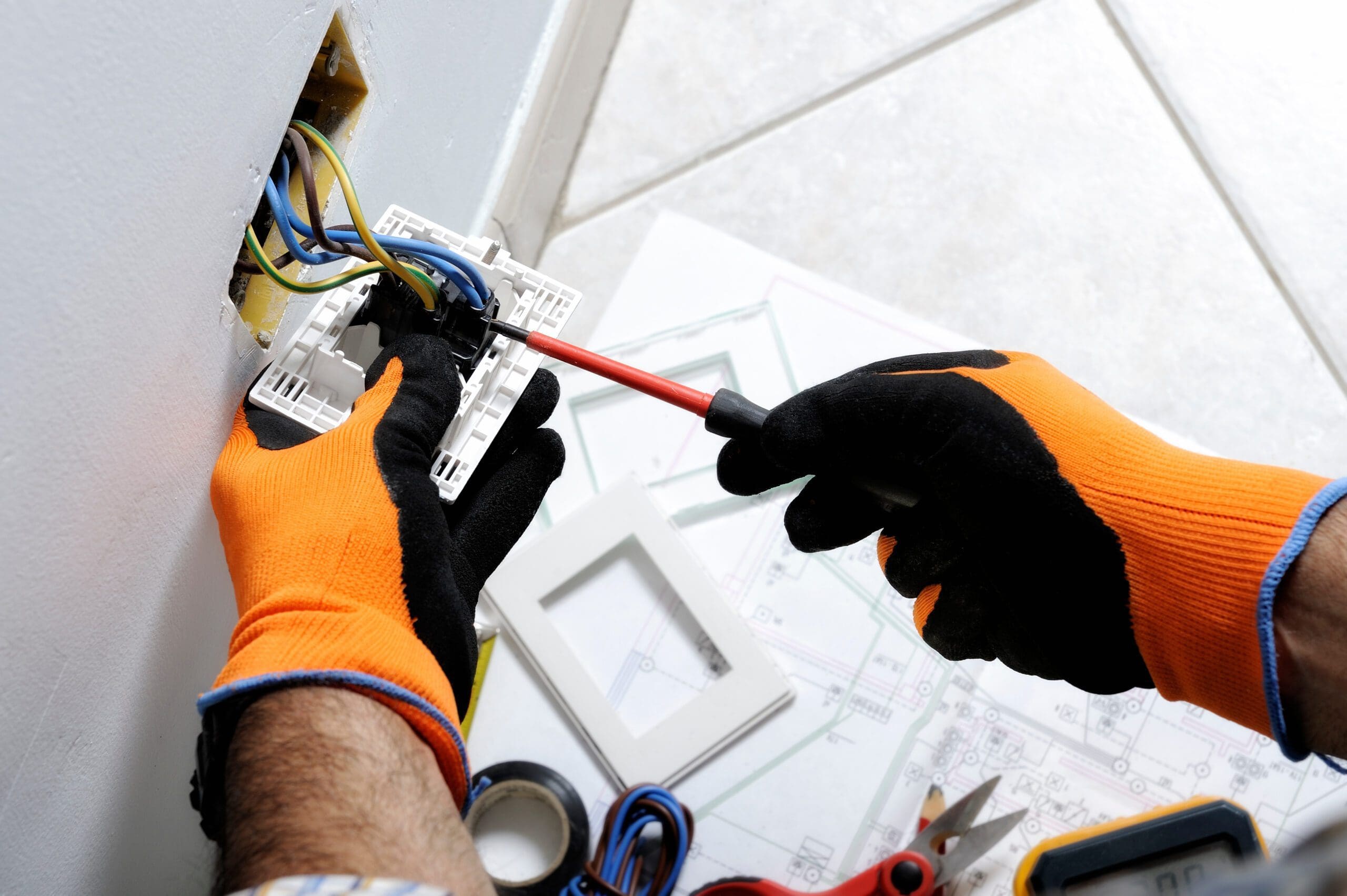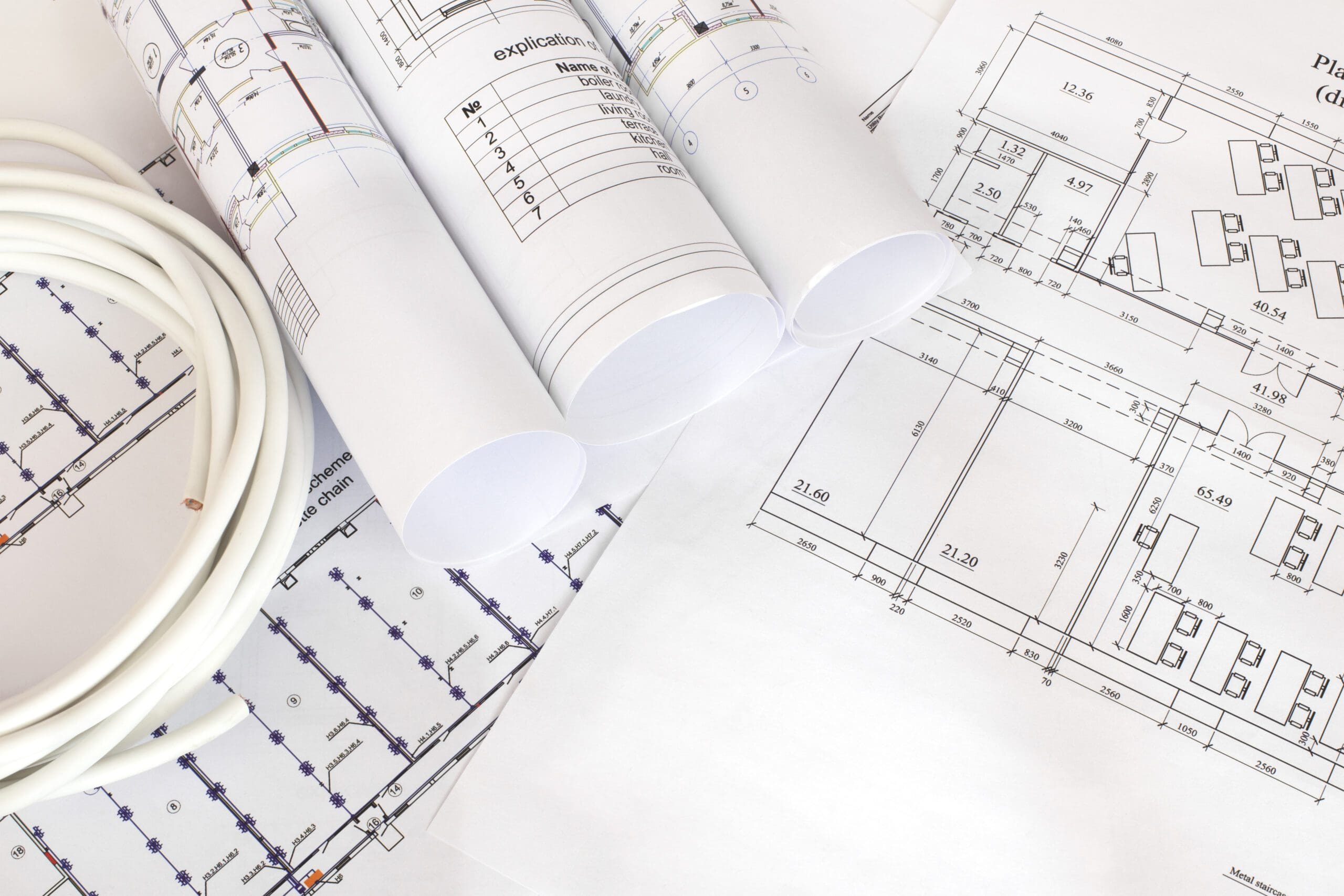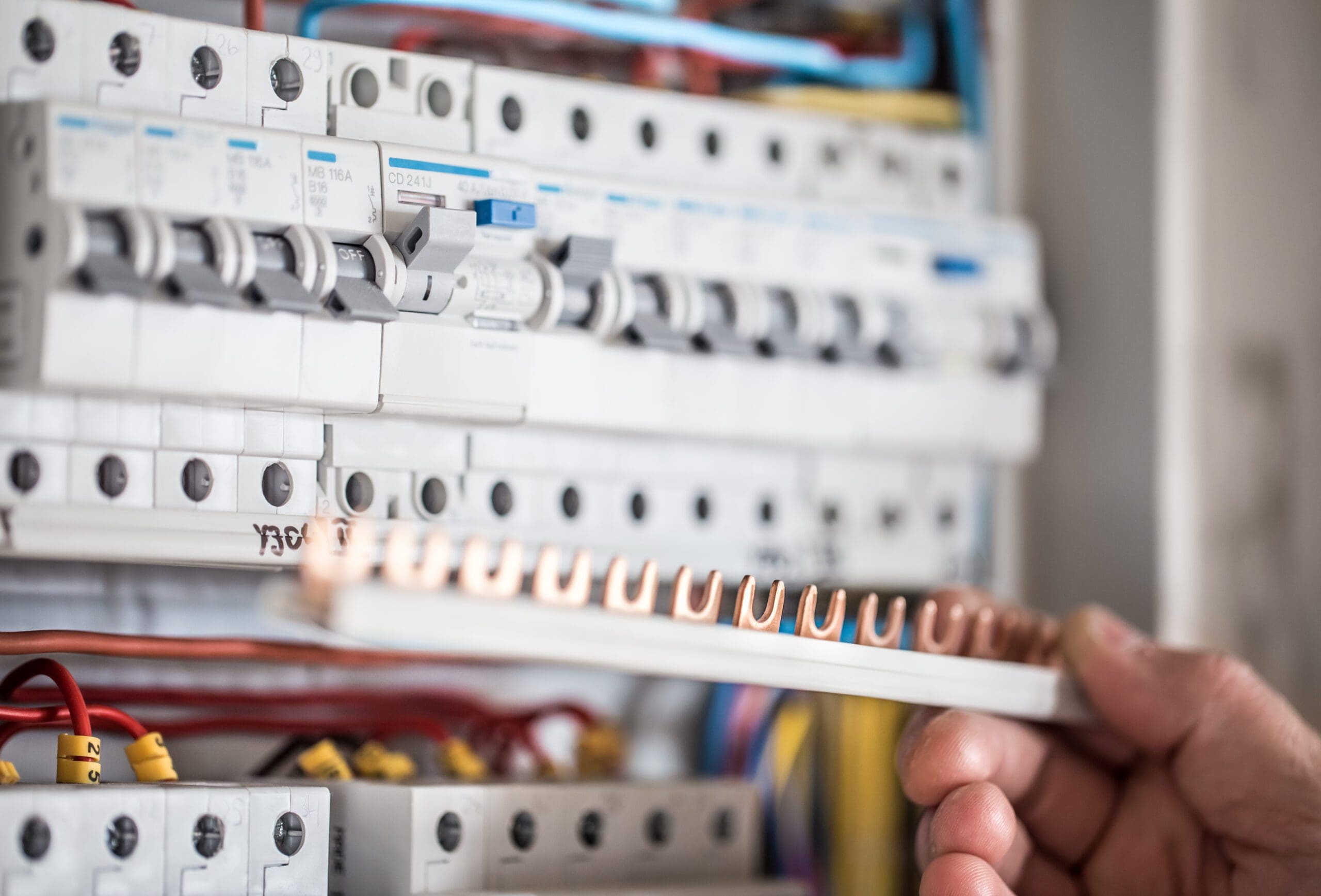Electrical Solutions
PAT Testing Services
Portable Appliance Testing (PAT) is now referred to as Electrical Equipment Testing (EET). It involves a thorough inspection of your electrical appliances, ensuring they meet required safety standards.
Explore our process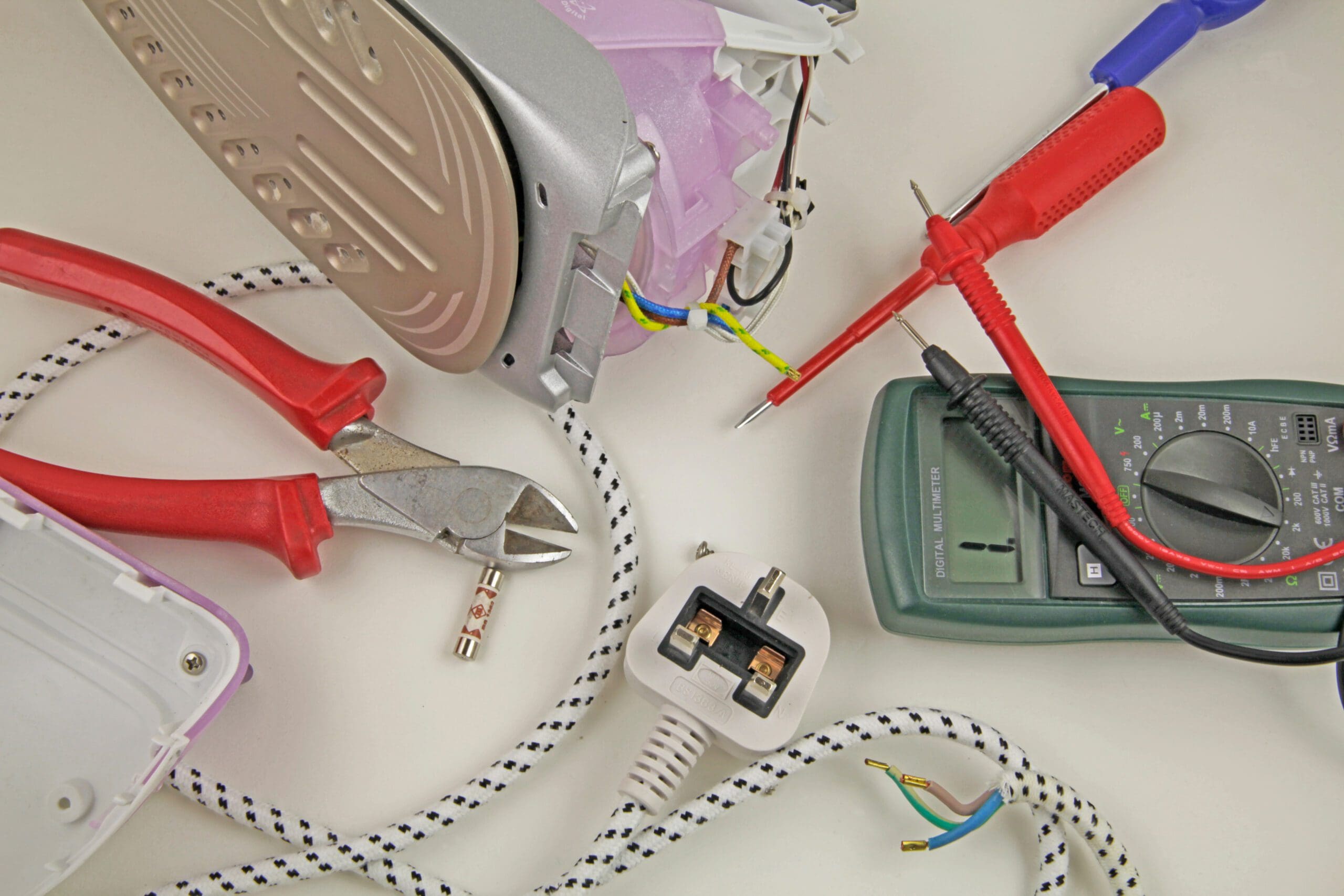
Interested? Let’s talk.
Send us an enquiry
Who we've partnered with...





What is a PAT test?
A PAT (Portable Appliance Test) checks the safety of your electrical equipment. It ensures that your appliances are fit for use and reduces the risk of electrical accidents. PAT was updated to EET testing in the 5th Edition of the IET Code of Practice for In-Service Inspection and Testing of Electrical Equipment.
We provide EET Tests across several commercial premises such as:
- Hospitality and Leisure: Hotels, Stadiums and Restaurant chains
- Public Sector: Hospitals, Schools, Government offices
- Industrial: Plants, Factories, Manufacturers
- Retail premises
Let's talk about PAT Testing Services
Send one of the team a message
Not seeing what you expected?
Try using our search
Explore what our clients say


Specialist service process
Speak to us about the processSectors we service
Dive into the diverse landscapes where BES Group sparks innovation and drives impact.

Explore sector
Aerospace and Defence

Explore sector
Automotive

Explore sector
Agriculture

Explore sector
Building, Properties and Real Estate

Explore sector
Consumer Products

Explore sector
Finance

Explore sector
Healthcare

Explore sector
Highways

Explore sector
Hospitality and Leisure

Explore sector
Insurance

Explore sector
Manufacturing

Explore sector
Marine and Offshore

Explore sector
Petrochemicals, Oil and Gas

Explore sector
Power and Utilities

Explore sector
Retail

Explore sector
Rail

Explore sector
Renewables

Explore sector
Transport, Logistics and Distribution Centres


PAT Testing Services at BES Group
Explore PAT Testing- Is Portable Appliance Testing a legal requirement?
- Key Benefits of PAT Testing
As a business, you have a duty to ensure electrical appliances are safe.
This responsibility is outlined in the Health and Safety Executive (HSE), The Electricity at Work Regulations 1989, and the IET’s 5th Code of Practice.
There’s no set schedule for testing as PAT Testing is based on risk assessment. However, for best practice, electrical inspections should be considered at least once every 12 months as part of an electrical maintenance routine.
Remember, even if your insurance policy doesn’t specifically mention PAT Testing, there’s still a legal duty to protect employees, customers, and the public. Regular testing helps make sure your equipment is safe and compliant with industry standards. Whether it’s your workplace kettle or computer, you’re still responsible for making sure they’re safe for use.
Ensure Safety
Ensure safety by conducting thorough PAT Testing in line with industry guidelines, keeping your business up to standard.

Reduce costs
Reduce costs by identifying electrical faults early and prevent equipment downtime with Portable Appliance Testing.
Protect people
Safeguard your people by regularly testing appliances, reducing the risk of electrical accidents that could harm employees or customers.
-
Is Portable Appliance Testing a legal requirement?
As a business, you have a duty to ensure electrical appliances are safe.
This responsibility is outlined in the Health and Safety Executive (HSE), The Electricity at Work Regulations 1989, and the IET’s 5th Code of Practice.
There’s no set schedule for testing as PAT Testing is based on risk assessment. However, for best practice, electrical inspections should be considered at least once every 12 months as part of an electrical maintenance routine.
Remember, even if your insurance policy doesn’t specifically mention PAT Testing, there’s still a legal duty to protect employees, customers, and the public. Regular testing helps make sure your equipment is safe and compliant with industry standards. Whether it’s your workplace kettle or computer, you’re still responsible for making sure they’re safe for use.
-
Key Benefits of PAT Testing

Ensure Safety
Ensure safety by conducting thorough PAT Testing in line with industry guidelines, keeping your business up to standard.

Reduce costs
Reduce costs by identifying electrical faults early and prevent equipment downtime with Portable Appliance Testing.

Protect people
Safeguard your people by regularly testing appliances, reducing the risk of electrical accidents that could harm employees or customers.
Frequently asked questions
How often should PAT Testing be done in schools?
PAT Testing in schools is based on the duty holder’s risk assessment, for best practice this should be conducted at least once every 12 months. High-use equipment such as whiteboards, projectors, and computers, may need more regular checks. Many schools choose to conduct testing during shutdown periods, like summer holidays, to minimise disruption.
How often should PAT Testing be done in an office?
As with any workplace, office PAT Testing depends on the duty holder’s risk assessment. The biggest consideration is how often equipment is used. High-use items like printers, computers, and kitchen appliances may need more regular testing, while less frequently used devices can be tested less often. All electrical appliances within a commercial setting should be tested at least once every 12 months for best practice.
How long does a PAT Test last?
The duration of a PAT Test depends on the number of assets being tested and your operational schedule. Testing can be quicker and more efficient if done during shutdown periods or quieter times to minimise disruption.
We’ll conduct thorough testing while limit disruption to your business as much as possible, such as conducting testing outside of regular business hours or during off-peak times.
What are the risks of not PAT Testing?
Failing to PAT Test electrical equipment can lead to serious risks for your team and business, including:
- Electrical fires: Faulty equipment can cause electrical fires if issues are not identified through regular electrical equipment testing.
- Electrical shocks: Untested appliances can be hazardous, leading to electric shocks that put your employees at risk.
- Injuries: Malfunctioning equipment can cause burns, cuts, or other injuries, endangering anyone who uses them.
- Downtime: Faulty appliances can halt operations, resulting in costly downtime and lost productivity.
- Legal liability: If someone is harmed due to untested equipment, your business could face legal consequences, including expensive lawsuits and penalties.
Who can do a PAT Test?
Your PAT Tester must be a qualified individual with the skills to perform both visual and physical tests on your appliances. They should be trained to use the necessary equipment and able to interpret the test results accurately. If you need EET Testing, get in touch with our experts via our contact form and we’ll be happy to help.
Let’s talk. Ask us anything.
Send one of the team a message
Insights & news
Browse our latest articles
Other similar services...
Looking for something else? Explore similar services...
Let’s get you to the right person, fast.
Thank you, enquiry submitted!
Please check your inbox. We have sent you an email receipt of your enquiry.
We treat every enquiry with the upmost urgency. We’ll aim to get in touch with the relevant BES Group specialist and get back to you as soon as possible*.
Thank you again and have a great day.
 About BES Group
About BES Group Accreditations & Credentials
Accreditations & Credentials Our Environmental, Social & Governance
Our Environmental, Social & Governance Careers at BES Group
Careers at BES Group Our Senior Leadership Team
Our Senior Leadership Team


